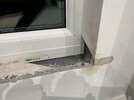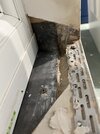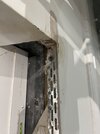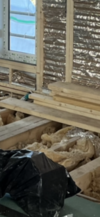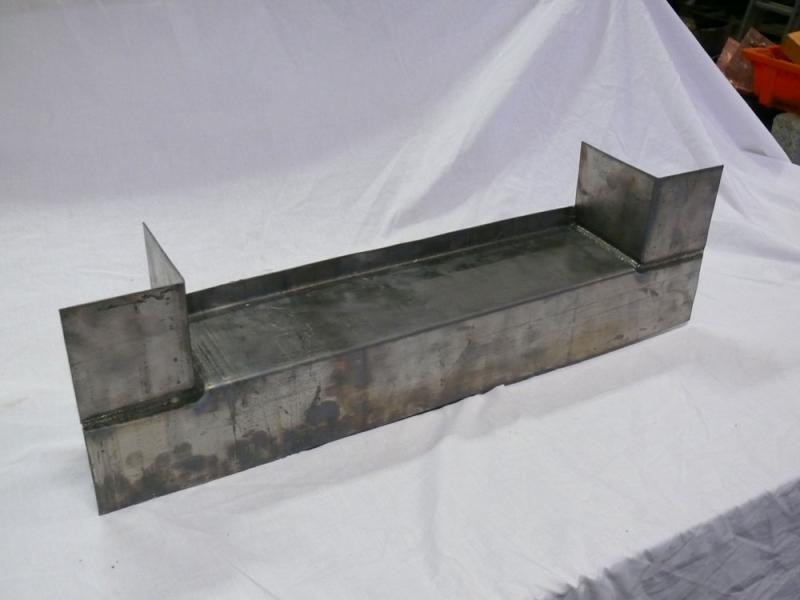Hello
Recently had my loft converted and there is a damp patch in the corner of the window. I popped one of the glass panes out and did a better job of sealing between the lead and the window sill on the outside (there were one or two small gaps).
However the damp still seemed to be occurring so I pulled the sill off to look underneath and the plaster board was all mouldy (it’s a few months old). Left it now a few weeks and it appears that the lead is getting lots of damp condensation on it.
I’ve attached some photos but would be interested to know the best way to proceed?
Is it likely to be condensation causing the damp patch?
Do I trim the lead back to the sill on the inside (overhanging currently on the inside by 50mm or so) then seal the gap flush to the sill? Do I put some sort of expanding foam insulation in the gap rather than plasterboard directly on top of the lead? Any other ideas?
Would contact the loft company but we’ve fallen out due to a plethora of shoddy work they undertook.
Thanks in advance!
BH
Recently had my loft converted and there is a damp patch in the corner of the window. I popped one of the glass panes out and did a better job of sealing between the lead and the window sill on the outside (there were one or two small gaps).
However the damp still seemed to be occurring so I pulled the sill off to look underneath and the plaster board was all mouldy (it’s a few months old). Left it now a few weeks and it appears that the lead is getting lots of damp condensation on it.
I’ve attached some photos but would be interested to know the best way to proceed?
Is it likely to be condensation causing the damp patch?
Do I trim the lead back to the sill on the inside (overhanging currently on the inside by 50mm or so) then seal the gap flush to the sill? Do I put some sort of expanding foam insulation in the gap rather than plasterboard directly on top of the lead? Any other ideas?
Would contact the loft company but we’ve fallen out due to a plethora of shoddy work they undertook.
Thanks in advance!
BH


